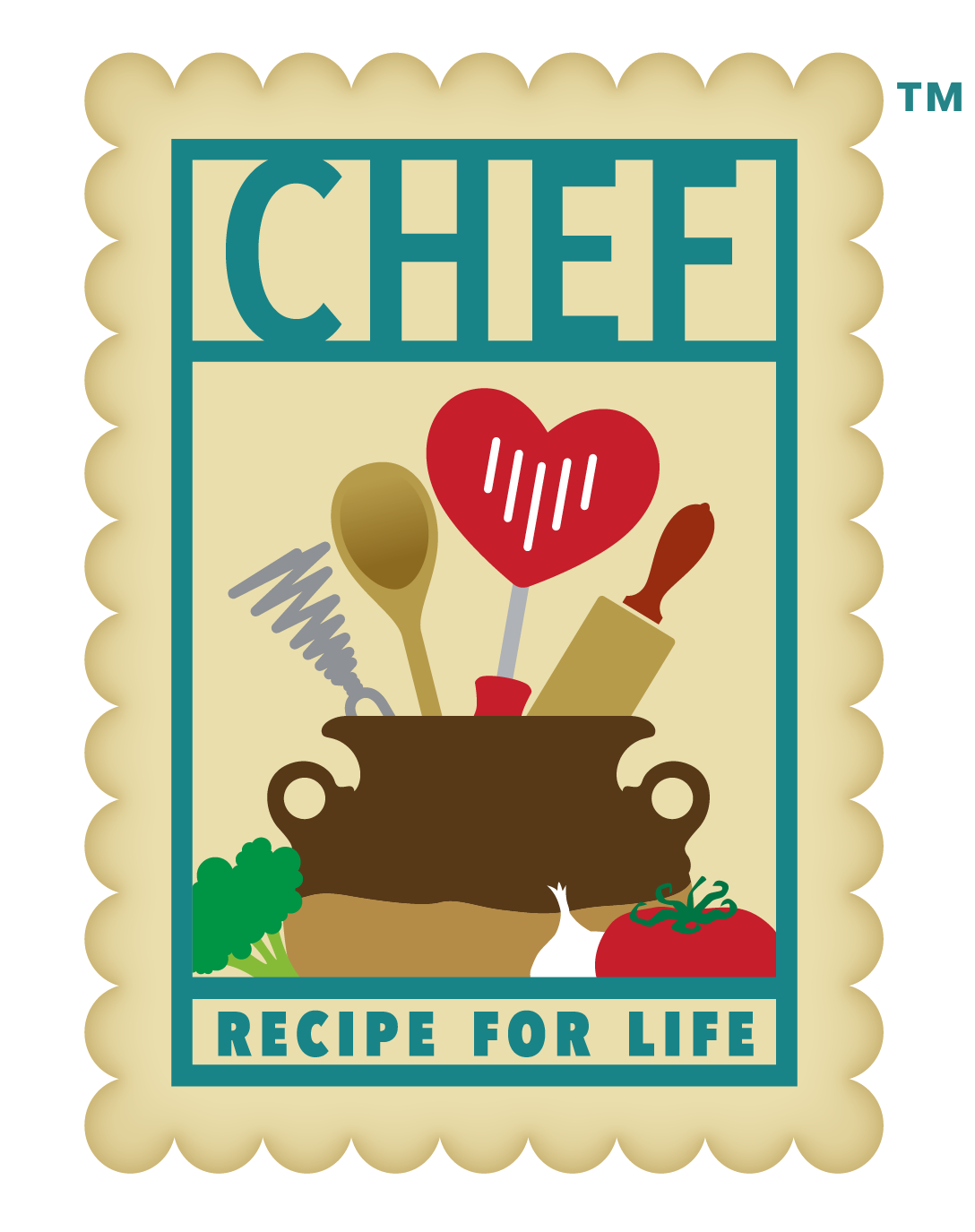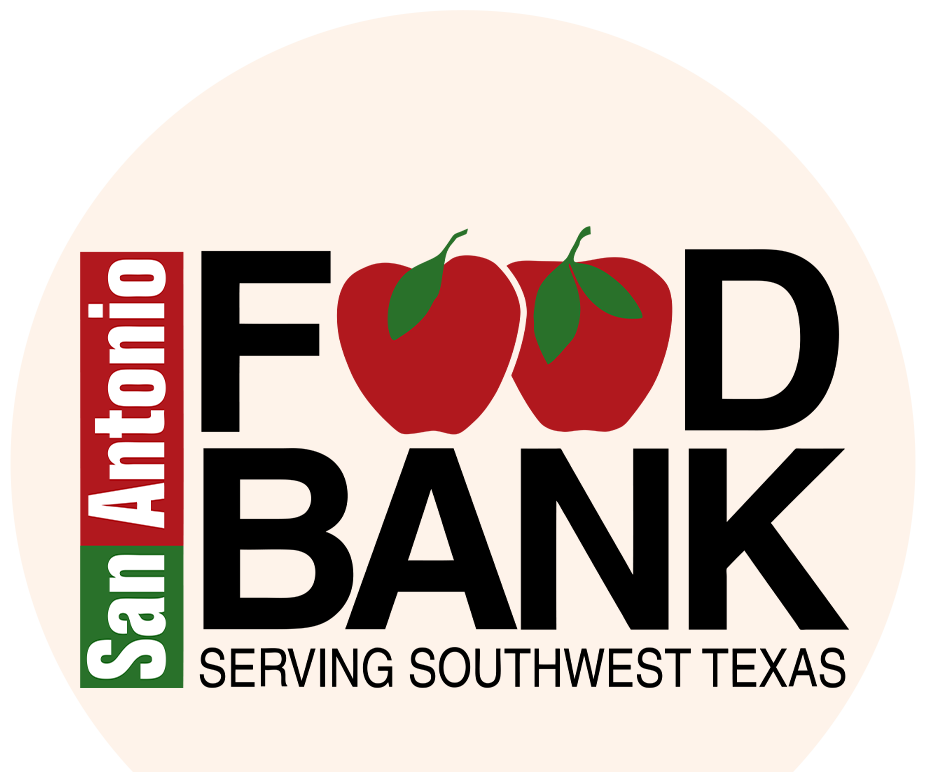Chef
Strong as Iron

By Becca Bresemann, Texas A&M Dietetic Intern
Reviewed by Katy Bowen, MS, RDN, LD
Iron is an important nutrient in our bodies that keeps our blood healthy. This mineral helps give you energy, is important for growth and brain development, and helps keep you from getting sick. If you’re not getting enough iron in your diet, you may feel especially tired or weak, get headaches often, or have a poor appetite. Eating enough iron can help you stay healthy and energized to live an active lifestyle.
How much do I need?
Recommendations for daily iron intake vary depending on age and gender, but it’s generally recommended that children 1 to 13 years old get between 7 to 10 milligrams (mg) of iron each day. Male teenagers and adults need 8-11mg of iron daily and female teenagers and adults should get 15-18mg each day. Pregnant women need almost double that amount at 27mg per day! For more detailed recommendations for iron intake based on age, visit: https://ods.od.nih.gov/factsheets/Iron-HealthProfessional/
Fuel Up
Many kinds of foods contain iron and most people can meet their daily recommendations by including these foods in their diet. Here’s a list of some of the best dietary sources of iron:
- Lean meats and fish – Meats such as beef and turkey, as well as fish, are great sources of iron. Remember to choose lean sources that have less fat to keep your heart healthy.
- Breads and cereals – Some companies add iron to their breads and cereals, making them a great breakfast choice. Total Raisin Bran has about 17mg of iron per serving and Cheerios have about 8mg per serving. Check the nutrition label to see if your favorite cereal is a good source.
- Beans and lentils – Some beans, such as white beans, have up to 8mg per cup.
- Dark chocolate – Just 3 ounces of this delicious treat contains about 7mg of iron.
- Dark green leafy vegetables – A half cup of boiled spinach contains about 3mg of iron. Choosing cooked over raw spinach will help your body absorb the iron you’re eating.
Vitamin C
Some types of iron, especially those found in plants, are harder for the body to use. Eating an iron-rich food combined with a food high in vitamin C can help your body absorb the iron you’re eating. Fruits, such as oranges and strawberries, and vegetables, such as bell peppers, sweet potatoes, and broccoli, are great sources of vitamin C.
Looking for a meal that has enough iron to fuel your family? Our Steak and Blue Cheese Wrap recipe is full of both iron and vitamin C for maximum iron absorption.



